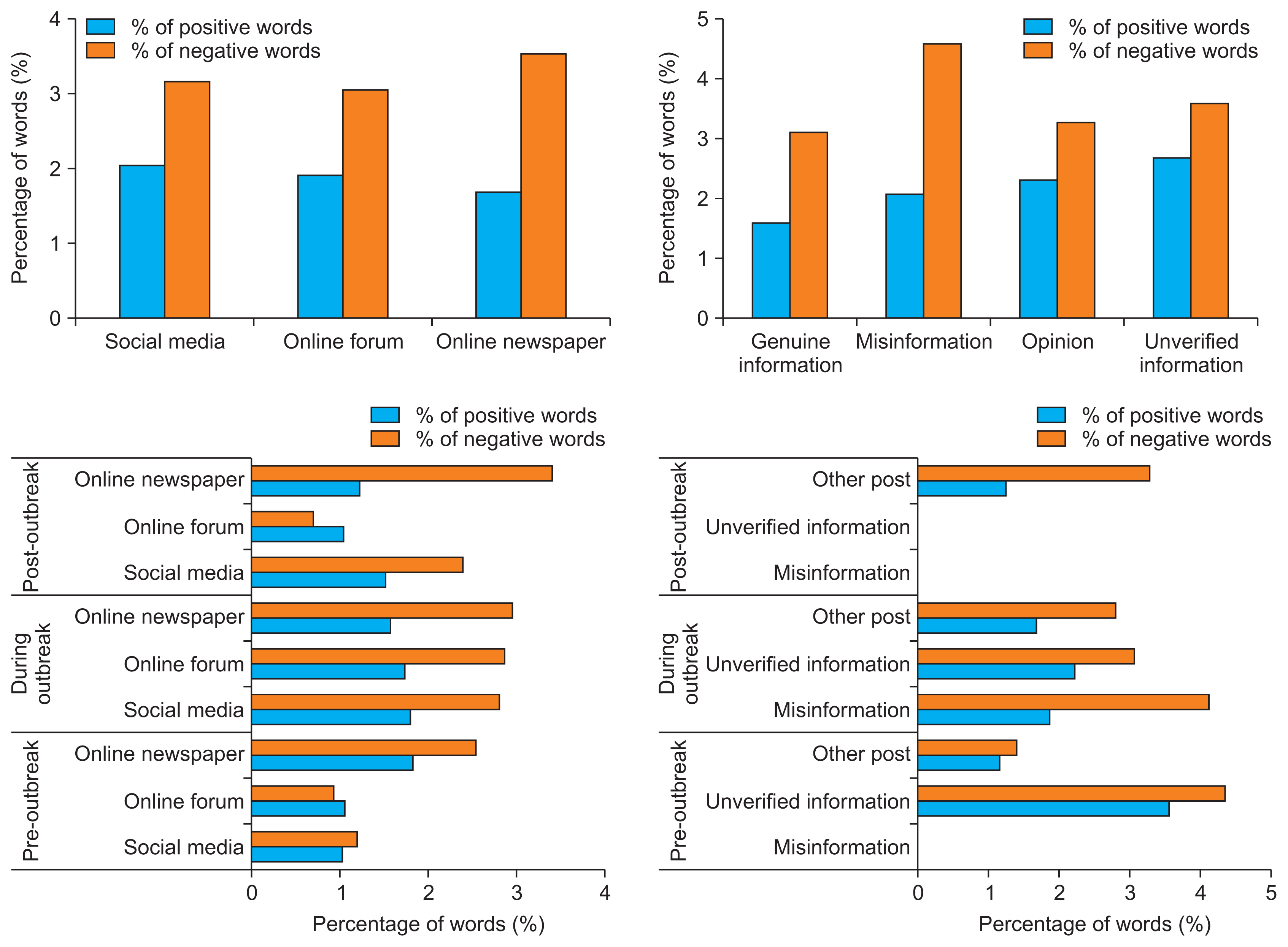15. Zaeem RN, Li C, Barber KS. On sentiment of online fake news. Proceedings of 2020 IEEE/ACM International Conference on Advances in Social Networks Analysis and Mining (ASONAM); 2020 Dec 7–10. The Hague, Netherlands; p. 760-7.
https://doi.org/10.1109/ASONAM49781.2020.9381323

16. Ahinkorah BO, Ameyaw EK, Hagan JE, Seidu AA, Schack T. Rising above misinformation or fake news in Africa: another strategy to control COVID-19 spread. Front Commun 2020 5:45.
https://doi.org/10.3389/fcomm.2020.00045

18. Enders AM, Uscinski JE, Klofstad C, Stoler J. The different forms of COVID-19 misinformation and their consequences. Harv Kennedy Sch Misinformation Rev 2020;1(8):1-21.

21. Nguyen-Nhat DK, Duong HT. One-document training for Vietnamese sentiment analysis. In: Tagarelli A, Tong H, editors. Computational data and social networks. Cham, Switzerland: Springer; 2019. p. 189-200.
https://doi.org/10.1007/978-3-030-34980-6_21

22. Vu T, Nguyen DQ, Nguyen DQ, Dras M, Johnson M. VnCoreNLP: a Vietnamese natural language processing toolkit. Proceedings of the 2018 Conference of the North American Chapter of the Association for Computational Linguistics (NAACL-HLT); 2018 Jun 2–4. New Orleans, LA; p. 56-60.

23. Singh L, Bansal S, Bode L, Budak C, Chi G, Kawintiranon K, et al. A first look at COVID-19 information and misinformation sharing on Twitter. ArXiv [Preprint] 2020;arXiv:200313907v1

24. Yang KC, Torres-Lugo C, Menczer F. Prevalence of low-credibility information on twitter during the covid- 19 outbreak [Internet]. Ithaca (NY): arXiv.org; 2020 [cited 2022 Sep 30]. Available from:
https://arxiv.org/abs/2004.14484

28. Kim J, Yoo J. Role of sentiment in message propagation: reply vs. retweet behavior in political communication. Proceedings of 2012 International Conference on Social Informatics; 2012 Dec 14–16. Alexandria, VA; p. 131-6.
https://doi.org/10.1109/SocialInformatics.2012.33

29. Stieglitz S, Dang-Xuan L. Political communication and influence through microblogging: an empirical analysis of sentiment in Twitter messages and retweet behavior. Proceedings of 2012, 45th Hawaii International Conference on System Sciences; 2012 Jan 4–7. Maui, HI; p. 3500-9.
https://doi.org/10.1109/HICSS.2012.476













